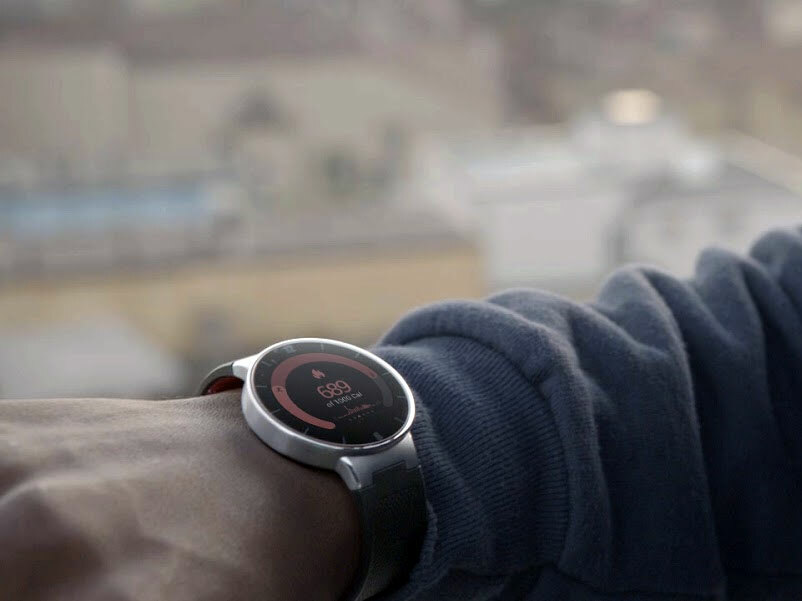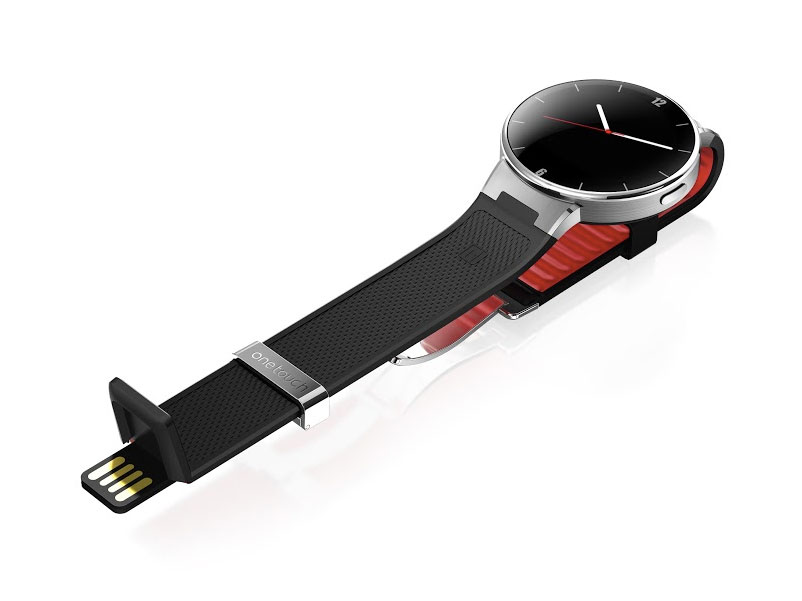Alcatel OneTouch tells Stuff why ‘mass-market’ doesn’t mean ‘cheap tat’
Alcatel OneTouch's smartwatch is just €99. We spoke to its CMO about why the company isn’t interested in taking on Apple and Samsung…
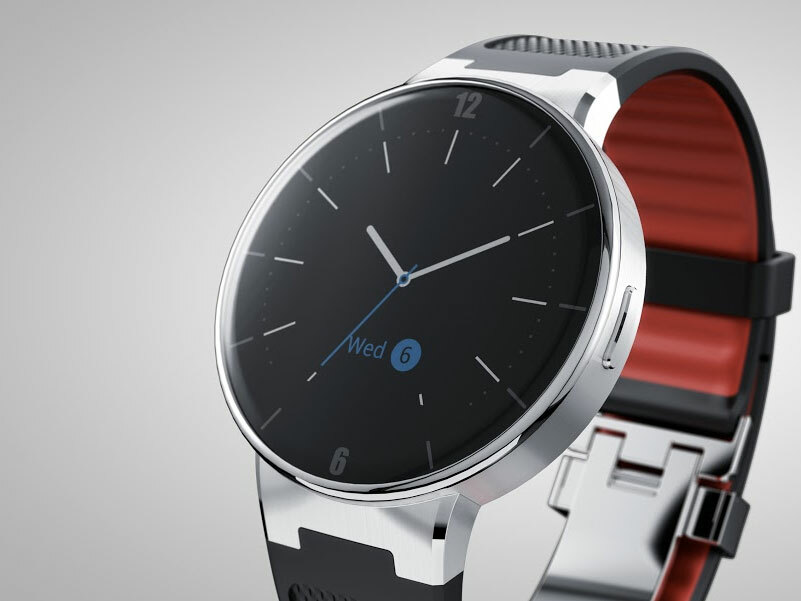
“There’s a kind of obsession with fitness. It’s a gap-filler. Wearable fitness tech is a category without many things to say; essentially it’s still an accessory.”
Hand on heart, I never expected Dan Dery – Chief Marketing Officer, Vice President of Global Marketing and Products of Alcatel OneTouch – to say that. Especially as his company announced its first smartwatch – a €99, Android- and iOS-compatible piece of wrist-based loveliness that scooped a Stuff Wearable Tech Award at this year’s CES in Las Vegas.
“But I think the situation will change,” he says. “There are two categories at the moment – there is this kind of a wristband thing, this fitness, and there’s the smart watch. Both of them are half-baked today.”
Wait… What? His own watch is “half-baked”?
READ MORE: Alcatel Watch priced at $149, works with both Android and iPhone
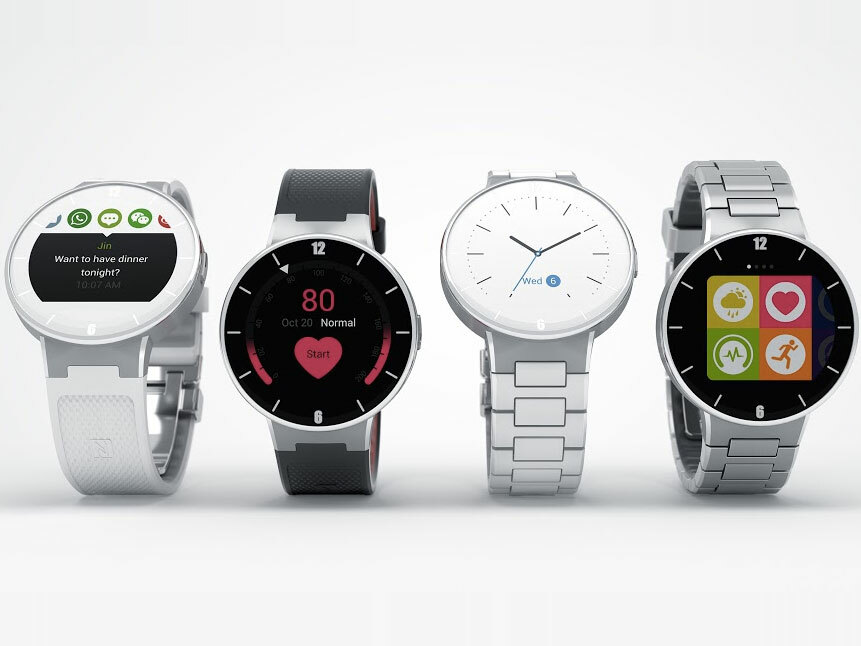
“From a history perspective. We believe that this is state-of-the-art for what the smartwatch should be today – and this is at the best price-point – but when you will look at this two years down the road, yeah, this is probably very much half-baked.”
This statement isn’t as nuts as you might think. It’s not as if the smart watch market is saturated with mature products, after all.
“There’s nothing before it,” Dery says. “It would have been difficult to say, ‘we’re coming up with the latest and greatest at €99′, but there’s nobody else doing it – so we can’t tell you that we’re cheaper or better.”
READ MORE: Motorola Moto 360 review
It’s a learning curve for the whole industry, he says. And while it can be worth waiting for other companies to make their mistakes – and for Android Wear to mature (the Alcatel OneTouch Watch uses a proprietary OS) – Dery is confident that the market and its associated tech has stabilised to a point where it’s worth taking a punt.
“We wanted to make a beautifully designed watch, using nice materials, at the absolutely correct price-point – €99 in Europe, $149 in the US,” he says. “We wanted to make a device that, even out of the box, works straight away. There’s no install wizard or anything.”
As punts go, it’s a strong one – the watch has most of the features you’d expect of a smart watch: a flat-tyre circular display, capacitive touch, heart-rate monitor, altimeter, body constructed from injection-moulded metal and, of course, the ability to work with Android and iOS devices. (“If we want to be mass-market, that’s basic,” Dery says.) The watch might not grant you access to Google Now or let you manage your email and messages beyond receiving notifications, but hey, €99…
READ MORE: LG G Watch R review
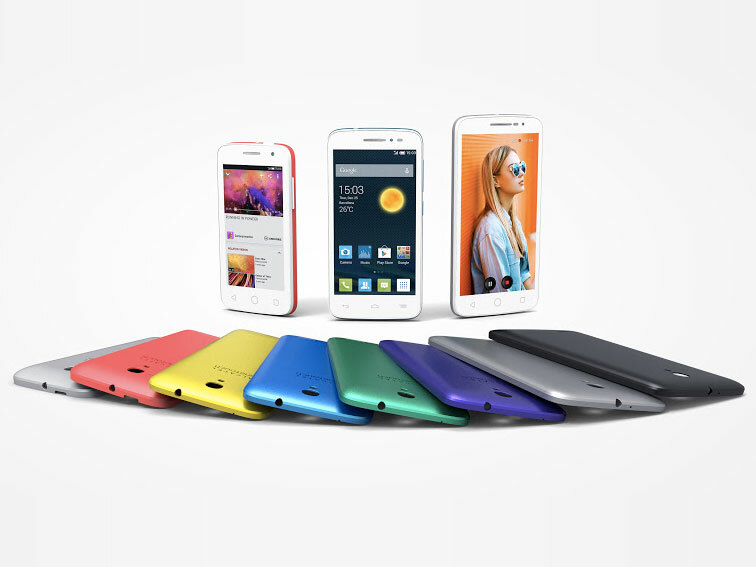
It’s that mass-market sensibility that permeates the company’s range. And Dery doesn’t like it when tech companies dumb-down their high-end tech for the hoi-polloi.
“We want to show the mass-majority of consumers that there are people designing phones for them,” he says. “Not downgrading a flagship product and telling them you get a piece of the dream, or shipping dirt-cheap super-low-end things and saying ‘Yeah, enjoy that – this is what you have’.”
A dig at the Apple iPhone 5C or LG G3 S, perhaps? Maybe, maybe not – but then Dery doesn’t seem overly concerned about the products coming out of Seoul and Cupertino. For him it’s all about perception.
“If you absolutely have to have seven lenses in your camera, because you believe that this is what will change the quality of your pictures, don’t buy a product like this.”
He points to one of his own product samples.
“We don’t have seven lenses. But the consumers we’re talking to don’t have this kind of concern. They want a good camera; they want a fast-enough processor; they want a good-enough display. They want something that works and does the job for them without spending too much.
READ MORE: Sony Smartwatch 3 review
“If you want to position a product at $600 and sell it everywhere in the world, that’s easy: you just need one product. But in our segment there’s a huge diversity between the requirements of one country and another. Some carriers have 4G products; others don’t. Some countries think that a 5.5in screen should be the thing; others think that 4.5in is the standard. There is absolutely nothing like one size fits all.”
Nowhere is that more true than in developing markets. Dery cites Africa, previously been dominated by regular feature-phones, as a major market. He says they’re now shifting smartphones in massive numbers – four to one, in fact.
“When someone spends $50 on a smartphone, it’s because $50, for them, is as much as $1000 to you. So we need to treat them with that same level of respect.”
With the likes of Apple, Samsung, LG et al all vying for the top-dollar market it’s easy to dismiss Alcatel OneTouch as an also-ran, but that kind of candour and bullishness is infectious. Why shouldn’t mass-market products get the same love?
“Samsung? Listen, they do whatever they have to do,” shrugs Dery. “I can’t spend my time worrying about everybody else. We have our own problems, they have their own problems. We’ll see…”
READ MORE: These are the top 10 best smartphones in the world
